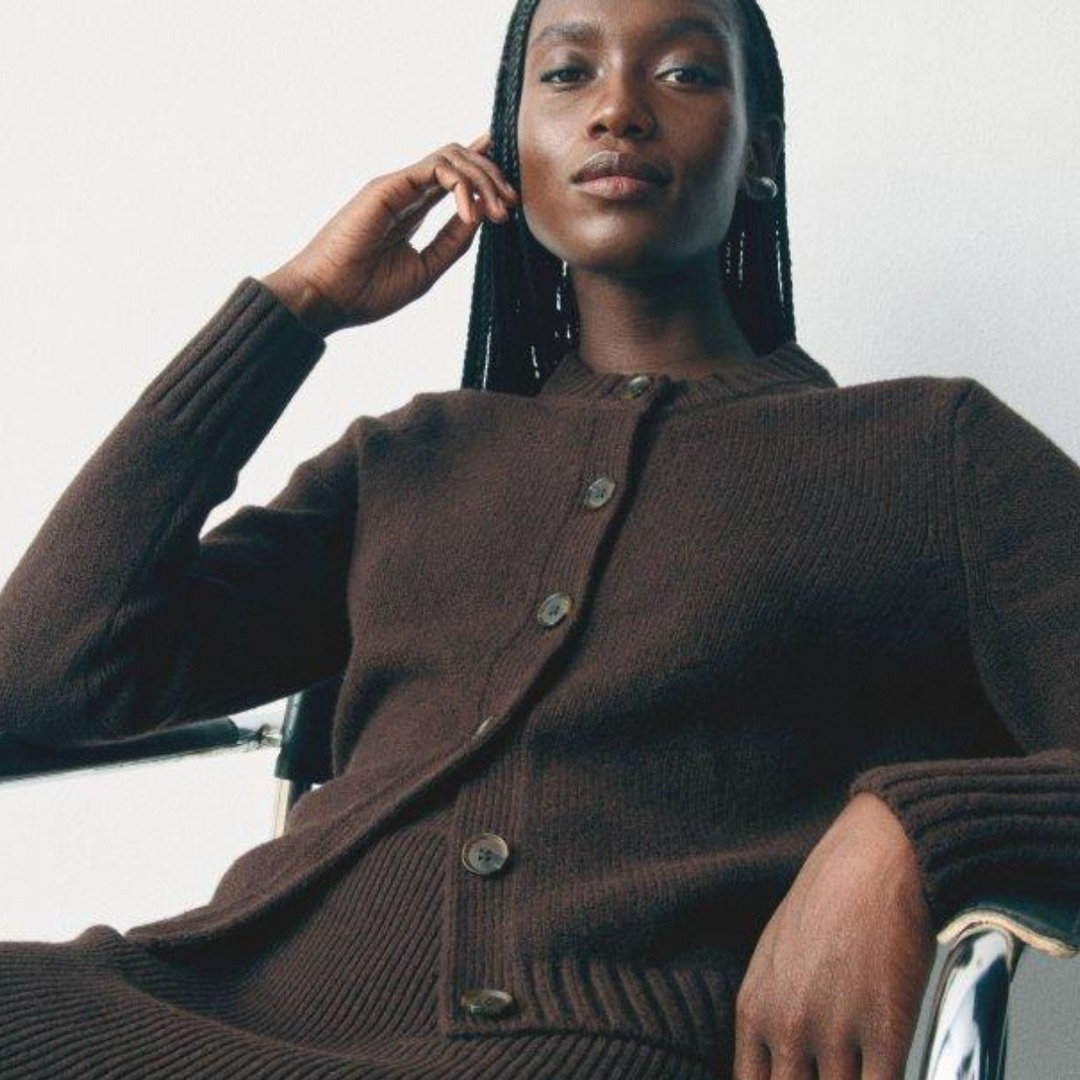Folktales have led to some of the most terrifying horror movies in recent years, presenting audiences with monstrous creatures and strange human behavior. These stories come from all over the world: The Ritual gave us a version of Jōtunn from Sweden, Antlers pulls from the Algonquin wendigo myth, and movies like The Wicker Man and Midsommar create monsters out of people clinging to ancient beliefs and rituals. Sometimes these movies are based on legends and creatures with which most people are already familiar. Ishana Night Shyamalan‘s directorial debut The Watchers, which has been holding the top spot on Max for a couple of weeks now, pulls from Irish folklore to create an unsettling situation for Dakota Fanning and Georgina Campbell as they’re trapped in a dark forest. But how much of the terrifying mythology in the movie is real, and how much has been given a creepy new twist?
What Are the Creatures in ‘The Watchers?’
The Watchersbuilds up a lot of suspense before fully revealing the creatures stalking Dakota Fanning in an Irish forest. Fanning plays Mina, an American living in Ireland on her way to deliver a bird to a zoo for work. On the way, her car and phone abruptly stop working in the middle of the forest, and any attempt to leave takes her right back to where she started. Eventually, she discovers other people who are also trapped in the forest and joins them inside a mysterious compound that protects them from unseen creatures that come out at night.
The heart of The Watchers isn’t so much what the creatures are but rather what they want, so only mild spoilers ahead: the creatures turn out to be shapeshifting fairies trying to learn more about mimicking humans.
But these aren’t the cute, magical beings with dainty wings and pointy ears found in bedtime stories. What glimpses the audiences get of the fairies in their true form are tall and spindly; they’ve also lost their wings over the centuries and appear to move on all fours when not imitating humans. They’re sensitive to sunlight, which is why they only come out at night and live in huge holes in the ground called burrows. They’re also extremely malicious, attacking those who don’t follow their rules and stray outside the compound after dark.
Is ‘The Watchers’ Based on Real Folklore?
The Watchers is based on a 2021 novel by Irish author A.M. Shine. In addition to being an Irish native and hearing local legends, Shine went to school to study Irish heritage, including folklore. In an interview with The Mancunion, Shine spoke about his fascination with myths and folklore, saying, “For better or worse, there’s no escaping superstitions growing up in the rural west of Ireland.” But even though there is a sense of dark fantasy that’s come to life in The Watchers, it isn’t based on any one part of folklore. It’s more of an amalgamation of various aspects common in many mythological stories.
Fairies, for instance, are a fantasy staple, and they’re particularly prominent in Celtic folklore. Sometimes the term “fairy” is used to cover a wide range of magical creatures, from brownies to pixies. The terms “Tuatha Dé Danann” or “aos sí” are more specific terms for the fairy race in Celtic mythology, although their meaning was originally closer to that of gods and goddesses. These fairies are more like an idealized version of humans, plus some magical abilities and traits including long life, extraordinary beauty, and granting magical gifts – or inflicting curses. Over time, the fairies were driven out of the human realm; while the fairies in The Watchers are much more monstrous than these traditional descriptions, they also were driven away by humankind, so long ago that they no longer have wings.
Are the Characters in ‘The Watchers’ in a Different Dimension?
Even their round, underground burrows share similar characteristics with “fairy mounds” or “fairy forts.” The remains of prehistoric dwellings in Ireland, usually signified by stone circles near small hills or against the bank of a ditch, were once believed to be the homes of fairies after they were banished from the human world. Celtic mythology also has the idea of fairies having their own dimension separate from humans. It’s usually very difficult to escape and full of strange sights and magic – just like the forest in which Mia and the others are trapped in The Watchers. The forest cuts off most of their technology and is implied to either move around or simply transport people trying to escape so they end up back where they started. There’s only a single true exit, and it’s almost impossible to travel before night falls and the malicious fairies become active.
The biggest connection to real folklore in The Watchers is the fairies’ ability to shapeshift. While physically changing their bodies isn’t a traditional trait of Celtic fairies, they did use “glamour,” or enchantment, to sometimes disguise themselves or certain objects. But even more famously, fairies are associated with the concept of “changelings.” Fairies would sometimes steal a baby away from its parents and replace it with a changeling; this could just be a lump of wood enchanted to look like a baby, or it could be an actual fairy creature also disguised to trick the parents. The shapeshifting of the fairies in The Watchers and their desire to mimic humans could be a reference to the changeling mythology.
The comparison between the creatures in The Watchers and their folklore counterparts isn’t exactly one-to-one. But there are still some clear parallels between Shyamalan’s version of fairies and the ones that have been passed down in stories for generations. By adding its own twists to the mythology, the movie creates something that’s atmospheric and more horrific – even if it’s not entirely successful at scaring the audience.
The Watchers is available to stream on Max in the U.S.
Watch on Max


















